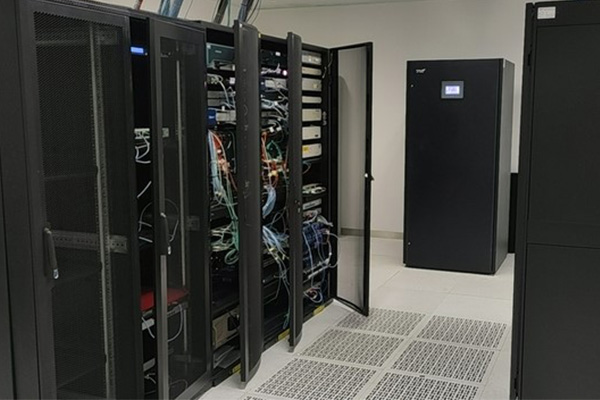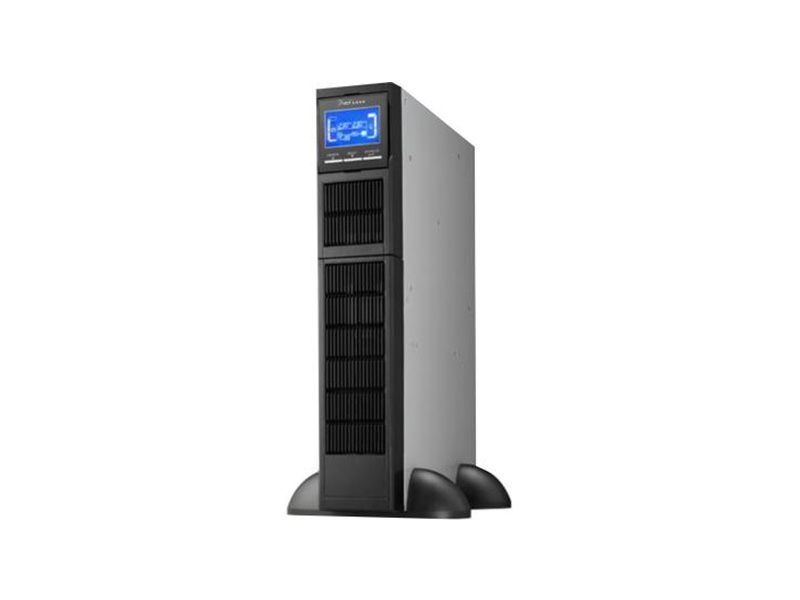language
Power outages and electrical disturbances can strike at any time, putting your sensitive electronics at risk. Whether you're working from home, managing a small business, or protecting your home entertainment system, a UPS (Uninterruptible Power Supply) battery backup is a smart investment. But with many models and features on the market, choosing the right one can be challenging.
This guide outlines the key factors to consider when selecting the best UPS battery backup for your electronic devices.
1. Identify What You Need to Protect
Start by listing the electronics you plan to connect to the UPS. Common devices include:
Desktop computers
Monitors
Wi-Fi routers and modems
Network storage systems
Game consoles or media centers
Security systems
Not all devices need to be connected to battery backup. Focus on equipment that must stay powered during outages to avoid data loss or service disruption.
2. Determine Your Power Requirements
Every UPS is rated by its capacity, typically in VA (volt-amperes) and watts. You’ll need to calculate the total power consumption of your connected devices to choose a suitable UPS.
Steps to calculate:
Check the power rating label on each device (or in its manual).
Add the wattage or VA for all devices.
Choose a UPS with a capacity at least 20–30% higher than your total load to avoid overloading and allow for future expansion.

3. Consider Battery Runtime
Battery backup time varies by model and load. Some UPS units provide just a few minutes of power—enough to save work and shut down devices—while others can run for much longer.
If you need uninterrupted operation during longer outages, choose a model with:
Higher capacity batteries
Options for extended battery modules
For most home electronics, 5–15 minutes of backup time is sufficient to perform a safe shutdown.
4. Choose the Right Type of UPS
There are three main types of UPS systems:
Offline/Standby UPS: Offers basic protection and switches to battery power only during an outage. Suitable for home use and non-sensitive devices.
Line-Interactive UPS: Regulates voltage fluctuations and provides battery backup. Ideal for home offices and moderate protection needs.
Online/Double-Conversion UPS: Delivers continuous, clean power by converting electricity from AC to DC and back to AC. Best for critical systems and sensitive electronics.
For example, AF900R series online transformerless rack-mounted UPS single phase input and single phase output has complete detection and protection functions; small size, light weight, high working efficiency. Monitoring software facilitates centralized and remote monitoring of UPS; LED display or LCD display panel is used, so users can intuitively understand the operating status of UPS.

Online Transformerless UPS AF900R series
5. Look for User-Friendly Features
A good UPS should be easy to use and manage. Look for features such as:
LCD or LED Display: Shows battery level, load capacity, and system status.
Automatic Voltage Regulation (AVR): Corrects voltage fluctuations without switching to battery.
USB/Serial Ports: For connecting to a computer for monitoring and auto-shutdown.
Audible Alarms: Alerts you to changes in status or low battery conditions.
Replaceable Batteries: Extends the life of the UPS unit over time.
6. Think About Size and Placement
UPS units come in different sizes depending on their power capacity and features. Make sure you have space for proper installation, keeping in mind:
Adequate ventilation
Accessibility for maintenance
Distance from high-heat or moisture-prone areas
Smaller, desktop-style UPS models are perfect for home or small office use, while rack-mounted units are ideal for data centers or server rooms.
7. Set a Reasonable Budget
UPS battery backups range from budget-friendly models under $100 to high-end systems costing thousands. Consider how critical your equipment is and how long you need to keep it running during an outage.
Tip: Don’t buy based solely on price. A slightly higher investment can provide better protection, longer battery life, and more advanced features.
A UPS battery backup is more than just a safeguard—it’s a smart tool for ensuring uptime, protecting data, and maintaining the health of your electronics. By understanding your power needs, choosing the right UPS type, and considering essential features, you can make a confident, informed purchase.
Choose wisely, and your UPS will serve as a reliable partner in keeping your devices safe, stable, and ready for anything.